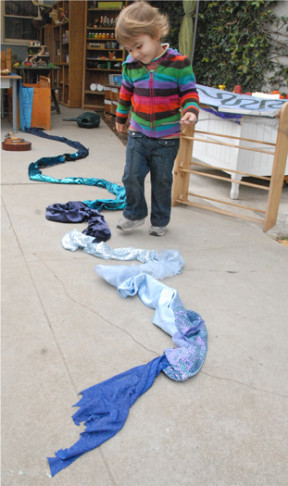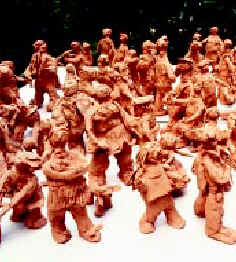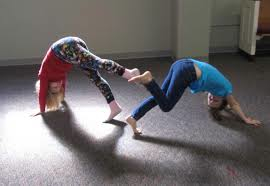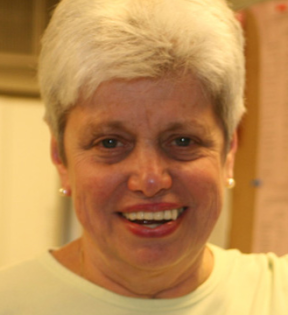December 3, 2015 5:00 am Children Have A Hundred Languages
In the Reggio Emilia schools, they say children have 100 languages. They don’t mean languages in our usual sense of the word, but symbolic languages through which children express their questions and ideas about the world. The Reggio educational philosophy goes beyond speaking, writing and numbers to encourage pre-school children to illustrate their thinking through drawing, painting, sculpture, dance, dramatic play, construction with all sorts of materials, gestures, music, physical activity, map-making, etc. All are valued as means of expressing the child’s ideas about the way things work or happen in the world.
This idea is different from Gardner’s Multiple Intelligences, which argues that each child’s brain is hard-wired to learn in certain ways and we should be careful to incorporate all of those ways in classroom teaching. The Reggio philosophy believes that every child should be given the opportunity to use as many of the 100 symbolic languages as he or she wants. It is every child’s right.
The children at a very young age are given many and various media with which to work. And they get really good at using them. We are always amazed at the work produced by the children in the Reggio schools because it is so detailed and expressive. “That was done by a 5-year-old?” we say to each other. Yes, it was done by a 5-year-old child who has been encouraged in that work for years, and whose work has been examined, discussed and revisited many times, and revised as new ideas and conclusions are reached. We are never looking at a first draft.
A child draws a picture in a conventional nursery school. That picture is acknowledged by the teacher, put in the child’s school bag, and sent home, where it is taped on the refrigerator door by a smiling parent. When it gets crinkled enough, it is replaced by a new drawing. In Reggio schools, the drawing is examined by peers and teachers for what ideas are being expressed. These ideas are discussed and experiments devised to test those ideas. Then the child revisits the drawing, and changes it to reveal what has been learned. In a well-known example, the children in a class drew a town during a snowfall. After talking with the children about where they put snow in their drawings, the teacher had them build a village of blocks and then sifted flour over the village. The children were able to see where “snow” landed and stuck and where it didn’t. They learned about horizontal and vertical surfaces. Then they were able to go outside, see for themselves where the snow was and wasn’t, and revise again.
Another example: in a Reggio school, children wanted to communicate their ideas about the word “crowd.” They drew people walking in one direction on a piece of paper. After discussing and reexamining, they realized that in most crowds, people of different ages and sizes are going in all different directions, bumping into and even pushing each other occasionally. They then sculpted their new understanding of a crowd, with the figures of children shorter and on a level with the legs of the adults.
When learning about shadows, the children of Reggio used drawings, but also their bodies, sunlight and lamps, blocks, fabrics, plastic figures of people and animals to come up with their theories of what is a shadow, how it is formed, and how it can change.
The beauty of the 100 Languages is that children begin to express their ideas visually and graphically earlier than they can express them in sophisticated language, before they can do conventional writing and reading. Their work is not seen as a decorative product, or a finished product either, but as a basis for discussions with their classmates and teachers, and a starting point for further exploration and learning. The process of revisiting and revising the work is what makes these symbolic languages so meaningful to the learning process, not only for the individual child, but for the entire group. And as teachers document the children’s revisions, their thought processes and the evolution of their ideas, that learning becomes visible to parents and to the world at large.
Marianne Riess is the former head of the Putnam Indian Field School in Greenwich, CT. She has 40 years of experience in working with young children.






